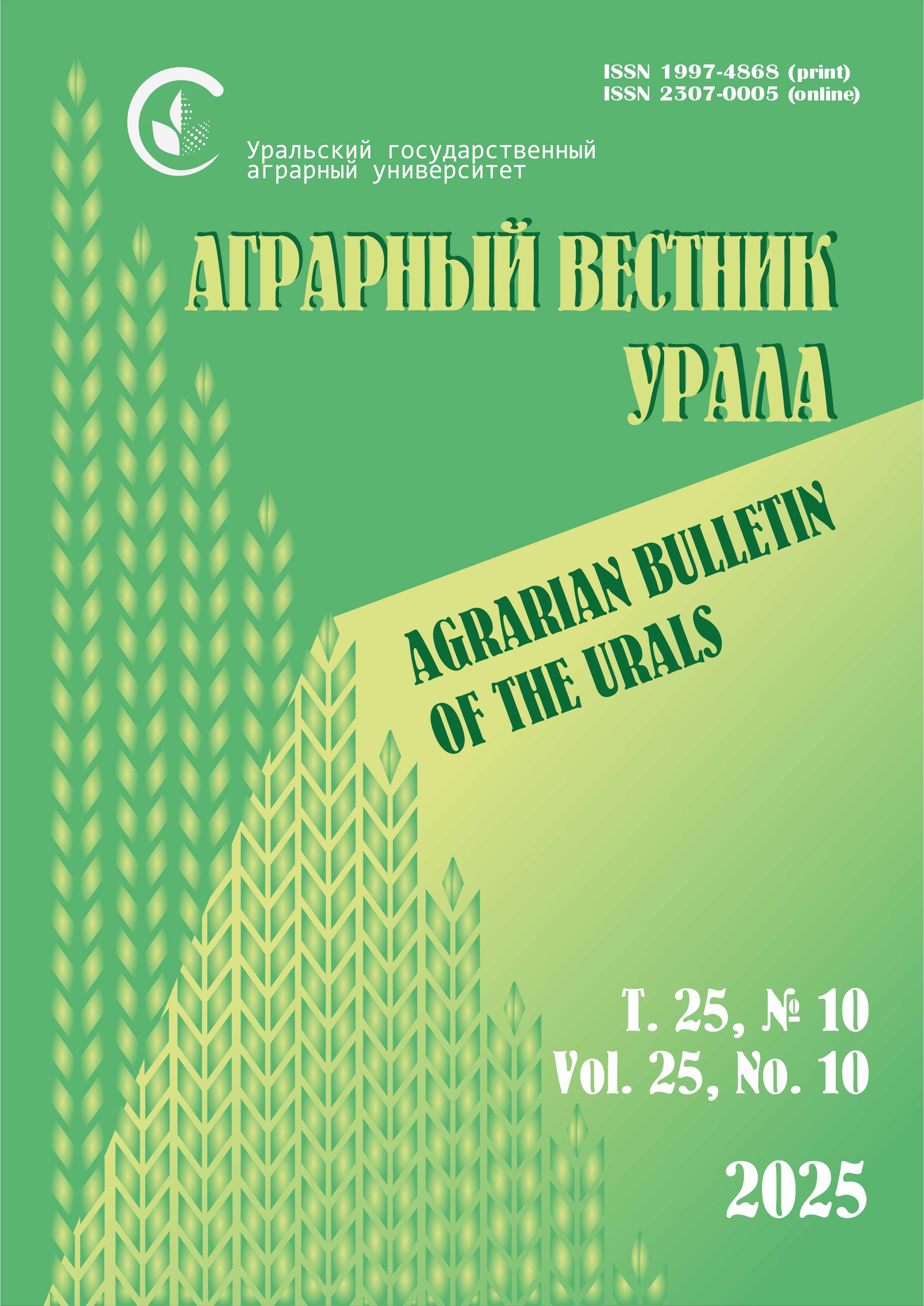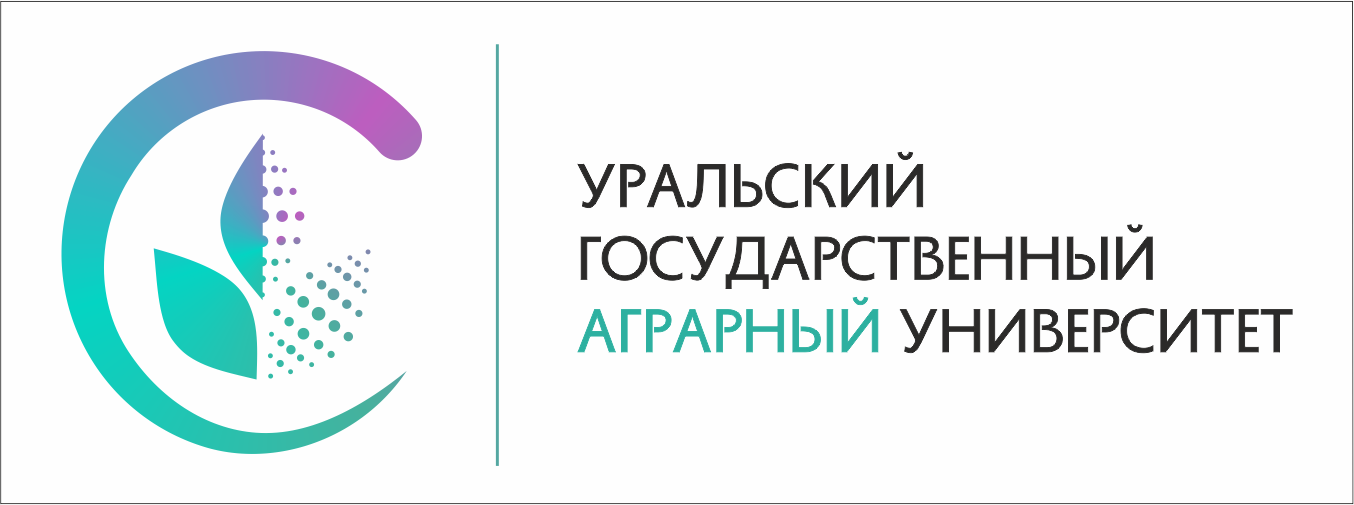Dm. S. Fomin1, 2, D. S. Fomin1 , Yu. N. Zubarev2
1 Perm Federal Research Center of the Ural Branch of the Russian Academy of Sciences, Perm, Russia
2 Perm State Agro-Technological University named after academician D. N. Pryanishnikov, Perm, Russia
E-mail: This email address is being protected from spambots. You need JavaScript enabled to view it.
Volume 25 No. 4
Date of paper submission: 23.09.2024, date of review: 27.11.2024, date of acceptance: 14.02.2025.
Published: 04/30/2025
Abstract. The purpose is to study the techniques of basic tillage and herbicide application using geoinformation systems (GIS) in the growing of spring wheat in the Middle Urals. Methods. The research was carried out in a two–factor field experiment at the agro-polygon of the Perm Research Institute of Agricultural Sciences, a branch of the PFIC Ural Branch of the Russian Academy of Sciences in 2022 and 2023, according to the methodology of field experience with subsequent statistical processing of the research results according to B. A. Dospekhov. The object of research is spring wheat, Kamenka variety. The yield structure was determined according to the methodology of V. M. Makarova. Scientific novelty. For the first time in the Middle Urals, a new method of variable depth tillage (VDT) and differentiated application of herbicide based on GIS technologies in the cultivation of spring wheat, allowing to obtain the planned yield, was studied. Results. Weather conditions affect the effectiveness of basic tillage in the cultivation of spring wheat. Over two years of research, the average yield of spring wheat grain varied significantly from 1.84 to 3.65 t/ha. The minimum yield values were obtained in the disking variant without the use of herbicide, which is confirmed by the yield structure, in this research variant, the mass of 1000 grains was 38.58 g. Stable yield level (2022 – 3.65 t/ha, 2023 – 3.64 t/ha) of spring wheat on sod-podzolic heavy loamy soil, under significantly different weather conditions, was obtained using a new technique of multi–depth dump plowing (depth 14–24 cm) and differentiated application of herbicide using GIS technologies. The effect of basic tillage on spring wheat seedlings during the research periods was statistically confirmed (2022 – LSD05 = 28 pcs/m2 ; 2023 – LSD05 = 100 pcs/m2 ). The largest number of seedlings was observed when plowing with a rotary plow, the increase in control was 35 plants per m2 . The lowest value – 327 pcs/m2 , was observed in the variant with disking.
Keywords: spring wheat, basic tillage, GIS technologies, differentiated application of herbicides, variable depth tillage, VDT, yield, yield structure
Acknowledgements. The research was carried out under the support of the Ministry of Science and Higher Education of the Russian Federation within the state assignment of the Perm Federal Research Center of the Ural Branch of the Russian Academy of Sciences (theme No. 122032200247-7). The authors thank the reviewers for their contribution to the peer review of this work.
For citation: Fomin Dm. S., Fomin D. S., Zubarev Yu. N. Geoinformation technologies in increasing the yield of spring wheat. Agrarian Bulletin of the Urals. 2025; 25 (04): 552‒563. https://doi.org/10.32417/1997-4868-2025-25-04-552-563 (In Russ.)
Download the full text of the article












